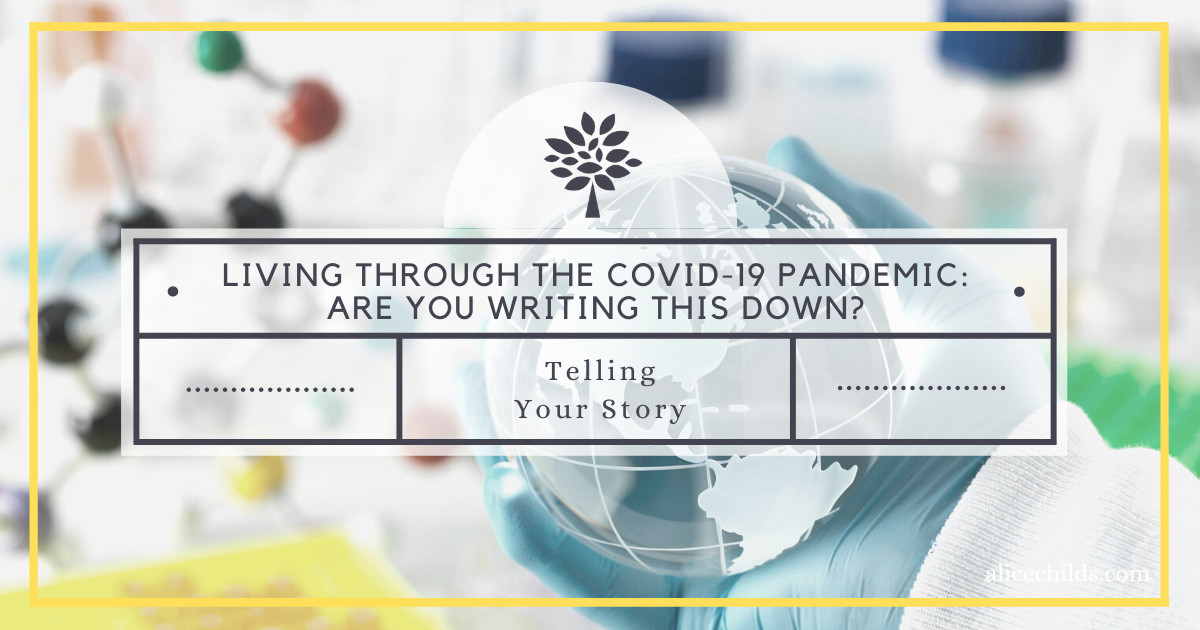
News of the COVID-19 pandemic is everywhere. Over the past few days, waves of updates have flooded across media channels, making it the topic of conversations all over the globe. As we navigate our way through this unique moment in history, my thoughts keep turning to my great-grandmother Rose Ann Jensen Bischoff.

1875-1918
Rose Ann contracted Spanish Influenza during the pandemic of 1918. She had been working as a voting registrar for about a week and came home one day with the news of a terrible epidemic called the “flu” that was sweeping the country. She contracted the illness a few short days later and passed away October 17, 1918, at the age of 42. She left behind a husband and seven children, including my grandmother, who was almost 8 years old at the time. Grandma mourned the loss of her beloved mother for the remainder of her life.
According to History.com, “one unusual aspect of the 1918 flu was that it struck down many previously healthy, young people—a group normally resistant to this type of infectious illness.” The article describes precautions that were taken at the time. Do these have a familiar ring?
Officials in some communities imposed quarantines, ordered citizens to wear masks and shut down public places, including schools, churches, and theaters. People were advised to avoid shaking hands and to stay indoors, libraries put a halt on lending books and regulations were passed banning spitting. According to The New York Times, during the pandemic, Boy Scouts in New York City approached people they’d seen spitting on the street and gave them cards that read: “You are in violation of the Sanitary Code.”
This photo from the Library of Congress illustrates precautions taken in Seattle, Wash., during the Spanish Influenza Epidemic, which would not permit anyone to ride on the streetcars without wearing a mask. 260,000 of these masks were made by the Seattle Chapter of the Red Cross which consisted of 120 workers, in three days.

There are definite similarities between what our ancestors went through in 1918 and what we are living through now. My experiences this last week have helped me connect with them on a deeper level. By reading articles about the Spanish Influenza pandemic, I see similarities and differences in each of our experiences. What is missing though, is a personal narrative from my ancestors. What were their thoughts and fears? How did they handle their social distancing and self-isolation?
While much is being written in the news today about the COVID-19 pandemic and there is no doubt that it will go down in history books as one of the most important historical events of our lifetime, it is important that we don’t leave all of the writing of it to news outlets and historians. What are your personal experiences? What are your thoughts and feelings as the story is unfolding? What are you doing to cope and bring peace to a troubling situation? What are hard parts? What good have you seen? What are you grateful for? The details you record today will help your posterity understand and connect with this story on a personal level tomorrow. Your version of the story is important, and it deserves to be written, so take a few moments to reflect and record your thoughts and experiences. Your children and theirs will be so thankful you did!
